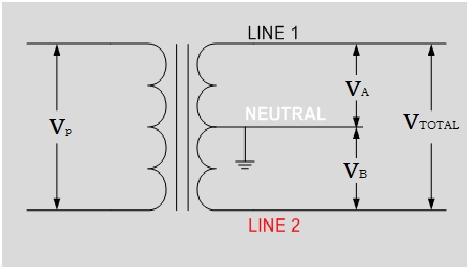We have a Lions Club storage building that basically froze inside during the last cold snap. There is a metal clad cable with four conductors inside it. The heating unit does not have remote thermostat and there is no adjustable thermostat on the unit. We’re not convinced it was getting the full 220 V, and the also the unit was shutting off at too low of a temp.
The line to the heating unit has a red and black, both hot, a white neutral and a green ground. The heater just has a red and black, but no white. The unit does have an electric fan and the fan blows hard.
I take it the white neutral is used to help power the 110 V motor and the red and black hot wires power the heating element. What happens with the white wire? We can’t see where this wire goes and we’re concerned the unit was wired wrong. I suspect the fan was wired with one white and one black, and the red and Is powering the coil, but the black is not. We’ll be taking a look later this week. Currently, everything is wrapped with electrical tape. The clad cable is connected to two 15 amp breakers latched together. Any ideas? Thanks. Yes we know to get an electrician but we want to see if we need a new heating unit first. Thanks.
You tube doesn’t seem to address this case very well.
The line to the heating unit has a red and black, both hot, a white neutral and a green ground. The heater just has a red and black, but no white. The unit does have an electric fan and the fan blows hard.
I take it the white neutral is used to help power the 110 V motor and the red and black hot wires power the heating element. What happens with the white wire? We can’t see where this wire goes and we’re concerned the unit was wired wrong. I suspect the fan was wired with one white and one black, and the red and Is powering the coil, but the black is not. We’ll be taking a look later this week. Currently, everything is wrapped with electrical tape. The clad cable is connected to two 15 amp breakers latched together. Any ideas? Thanks. Yes we know to get an electrician but we want to see if we need a new heating unit first. Thanks.
You tube doesn’t seem to address this case very well.
Last edited:

